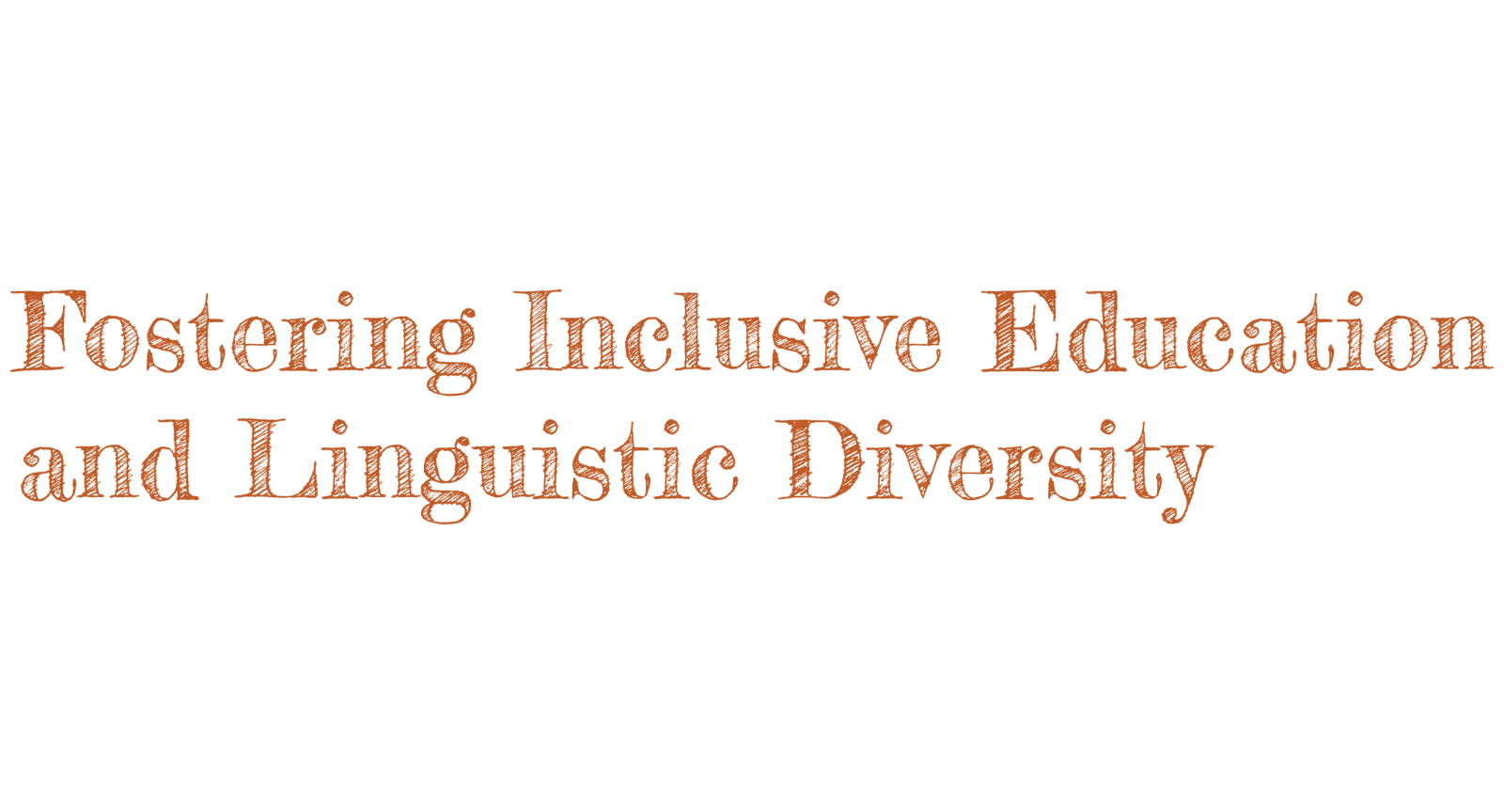

About
The FIELD Lab (Fostering Inclusive Education and Linguistic Diversity) is concerned, first and foremost, about the health and well-being of culturally and linguistically minoritized children in schools. We collaborate with children and their families, teachers, and service providers to understand how children experience language across contexts. We are interested in speech-language development in communities where a minoritized dialect is the majority language and in language contact environments where multiple languages and dialects contribute to children’s linguistic experience. Our goal is to develop culturally sustaining practices that support children’s cultural-linguistic development and address professional ideologies that harm multiply-marginalized children at the intersection of race, language, and dis/ability.

Our Mission
To partner with schools, school-based professionals, families and communities in co-creating strategies and resources that support the cultural-linguistic development of children in early childhood educational settings.

Our Vision
To create a safe, validating, and enjoyable educational environment for all children.

Our Values
- Community-based: We invite communities to tell their own stories. We do research in collaboration with schools, with families, and with children in the environments where the children play, learn, and grow. They are our partners throughout the research process, and we honor their agency to co-construct our research projects and co-produce knowledge.
- Identity-focused: We center marginalized communities, who have been historically excluded from or misrepresented in research. By centering children who have multiple marginalized identities, we produce results that are beneficial to all children.
- Transdisciplinary: We seek to blur the lines between disciplines and the contributions they make to child development in order to optimize children’s learning experiences. We seek to support all school-based professionals in the resources we produce, whether it relates to direct assessment and intervention, classroom instruction, or the implicit and explicit messages that are communicated to children about their language throughout the educational environment.

